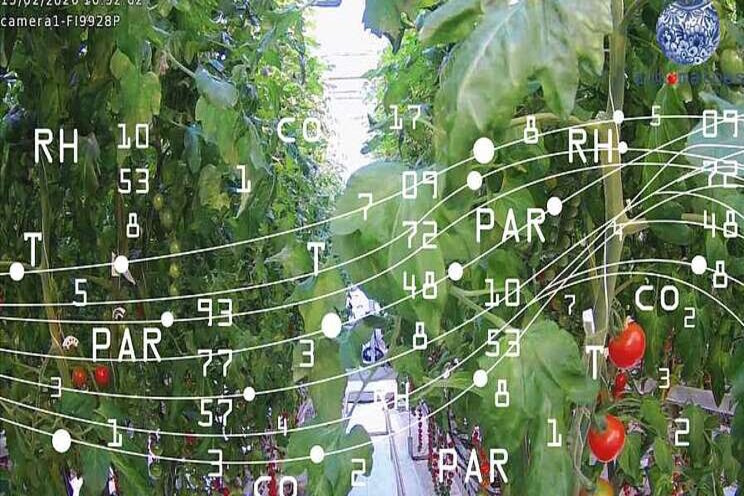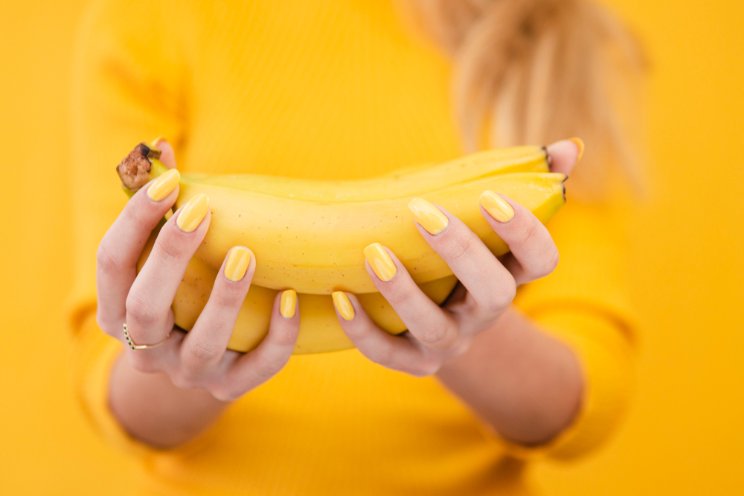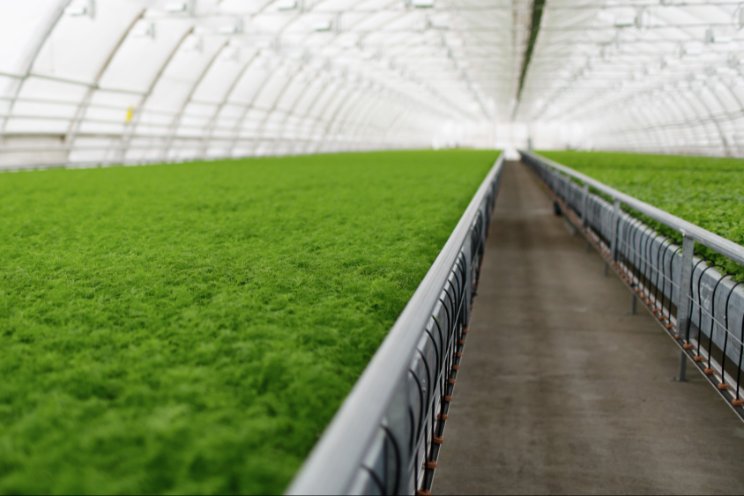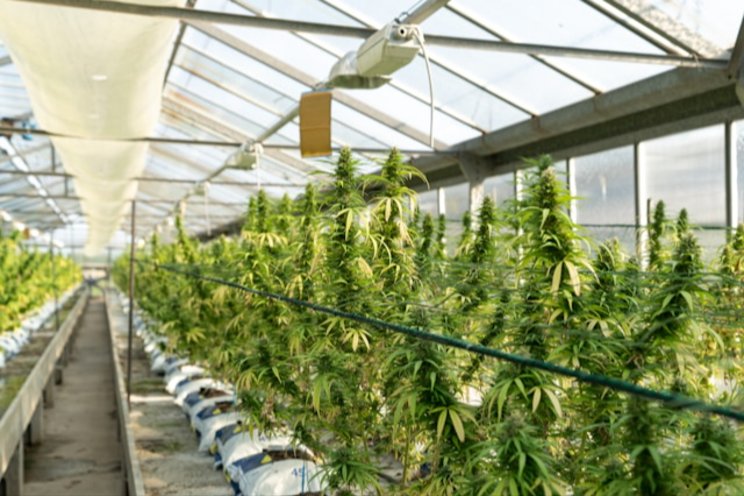Innovative lessons from the challenge winners
Added on 08 September 2020

Over the past few years, Hoogendoorn Growth Management has supported growers all over the world with the implementation of its "Data Driven Growing" strategy. As part of team AuTomatoes, the company recently won the Autonomous Greenhouse Challenge organized by Wageningen University & Research. All of this combined has resulted in a large body of knowledge.
"Team AuTomatoes really differentiated itself from the other teams by focusing on the plant," said Leo Marcelis, Professor of Horticulture and Product Physiology at Wageningen University & Research and chairman of the jury of the Autonomous Greenhouse Challenge. "In addition, they made very good use of the available knowledge about horticulture and plants within the team. They also scored very high on the robustness of their artificial intelligence strategy. They made error analyses and created fall-back scenarios, which makes their strategy applicable on a larger scale."
In their team, AuTomatoes applied the principles of plant empowerment to realize a balanced and empowered crop. Thus, the plant and its balances were at the center of all the team's algorithms. They developed soft sensors, which can be used to calculate the photosynthetic active radiation (PAR) level in the greenhouse. Based on the outside PAR, the light transmittance of the canopy and screen, and use of assimilation lighting, the software calculates the available PAR light at crop level inside the greenhouse. This can also be measured by a PAR sensor. However, these measurements can sometimes vary because of shading. The soft sensors level out these differences, and help complement the PAR sensor. In addition, the measurements of the PAR sensor can be used to check the PAR level according to the software, to avoid mistakes. Together, the PAR sensor and soft sensors provide the right data to control the PAR level in the greenhouse.
In addition to the soft sensors, various control algorithms are developed. For example, a ventilation optimization control that can be used to benefit the crop's energy balance. The algorithm controls the vent positions according to the desired setpoints for temperature and humidity. With this control, the team maximized photosynthesis, while using a minimal amount of resources.
Source and Photo Courtesy of Greenhouse Grower
Source: Greenhouse Grower
More news















